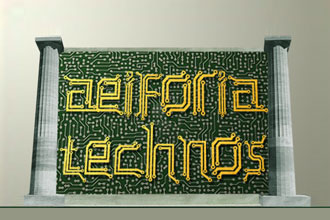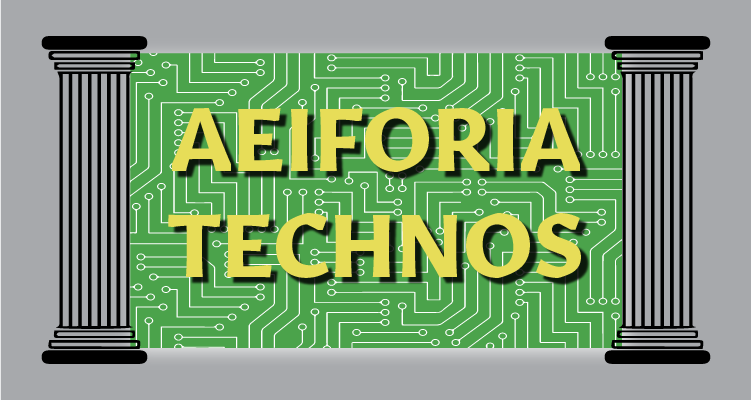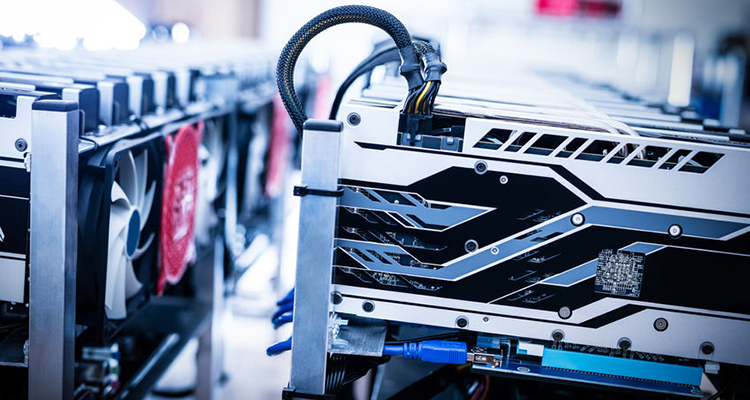LEGO My Plastic!
 The 2015 InfoComm Show just wrapped up in Orlando, Fla. As usual, it is a sea of products from around the world showcasing the latest and greatest from the audiovisual and communications manufacturing sector. Many materials go into the construction of some truly significant transformative technology that will certainly bring benefit to the end users. Each of these products utilizes a myriad of different materials to do what they do — everything from steel, aluminum, copper, PVC, gold and lots and lots of plastic.
The 2015 InfoComm Show just wrapped up in Orlando, Fla. As usual, it is a sea of products from around the world showcasing the latest and greatest from the audiovisual and communications manufacturing sector. Many materials go into the construction of some truly significant transformative technology that will certainly bring benefit to the end users. Each of these products utilizes a myriad of different materials to do what they do — everything from steel, aluminum, copper, PVC, gold and lots and lots of plastic.
There are plastic knobs, bezels, stands, buttons and the like. Each one of these may or may not be able to be recycled at the end of the gear’s life. Plastics are not a bad thing in terms of their usefulness as they play a vital role in almost every aspect of our lives. With this proliferation in the manufacturing stream there needs to be a demand for proper end of life management of this resource and an investigation into alternative ways of creating the plastics we need other than by the energy intensive petroleum based current standard.
To put this in perspective, 33 million tons of plastic waste was generated in 2013 with 12 million tons of it being durable goods such as the products on the show floor at InfoComm. Only 9 percent of the total plastic waste was recovered and recycled/upcycled. Within this there are two basic types of plastics categories: thermosets and thermoplastics. Thermoset plastics solidify irreversibly when heated and are often most commonly found in the ICT industry due to strength and durability. Thermoplastics can be reheated and reused and offer the ability to be more flexible in shaped and molded objects. Handling the recovery and recycling of these plastics is tricky business. Currently there are about 1800 US businesses that deal with mainstream waste (MSW) post consumer plastic in which these facilities grind, clean, and sort the plastics by type and sometimes color for use in reprocessing for new products. One major challenge in the is that thermoset plastics are often difficult to resue and often can’t be reused for the same object. For example, plastic buttons made from thermoset plastics are often difficult if not impossible to reuse in making the same buttons. This is different than other materials used in the technology seen at InfoComm such as glass and aluminum which are infinitely reusable for the same purpose.
Of the plastics in the technology we use that is not recycled in the US, it is often shipped overseas to third world countries that have less than stellar records of environmentally friendly ways of dealing with materials. Often the plastics are seen as a low cost recovery material and are either burned or thrown into trash dumps or even make their way into the water stream which has contributed to the Great Pacific Garbage Patch and focus is paid to recovering the metals and electronic components that can recover higher premiums.
Above and beyond the current stream of plastics use is how the material is made in the first place. The majority of plastics are petroleum based and energy intensive. The raw materials are typically fossil based crude oil and natural gas (although soy, corn, and hemp are also used) and through a refining process called cracking, the hydrocarbons are broken down using extreme heat or chemicals into monomers. These monomers are then combined in different was to create polymers with specific characteristics. These monomers need coaxing to join together so they go into another chemical process such as polymerization or polycondensation to create the resin for the specific product. All of this is energy intensive through the entire chain — extraction of raw materials through processing and uses many known carcinogenetic chemicals to make the process work. Even the plant based materials require a significant amount of resources to plant, grow, and harvest before being able to be turned into plastics.
So why this topic? The last day I was in Orlando, before heading back north, I went to LEGOLAND where I was surrounded by not only the tiny bricks we all grew up playing with (and if you have children like I do stepped in the dark), but also a plethora of technology to support the exhibits, rides and attractions including audio systems, show control, lighting and automation — all of which were inundated with plastic in some way shape or form.
Why is this relevant? LEGO is going green. Recently the toy company announced its plan to invest heavily in making its product and packaging better for the environment. The company produced over 60 billion pieces last year alone. The company is already known for its commitment to the environment already having invested heavily in solar and wind power for its facilities as well as reducing the packaging size. Several key factors are being considered including the materials and processing of those materials from raw to finished product with a whole cradle-to-cradle approach. The company recently hired some serious brain power in materials science with the charge to develop significant changes in the way their product is made without compromising the core values of the product or company. These new bricks will be “backwards compatible” with legacy bricks. Additionally, LEGO partnered with the World Wildlife Federation to help them develop their sustainability plan and they severed a 50-year relationship with Shell Oil after much came to light about Shell’s practices in oil drilling in the Arctic.
Unlike many of the products shown at InfoComm, Legos are seen as a generational product in that they tend to be handed down from generation to generation so making their way into the waste stream is minimized unlike the technology on the show floor which has a definite end-of-life timeline… However, given that their product has to take the abuse of children (young and old alike) who can be pretty rough on the pieces while maintaining the integrity of the product I am encouraged to see the fruits of the new groups endeavor. What I am most interested in is what solutions they come up with for their plastics and can that translate into the technology solutions of the ICT industry. Will it be beneficial in terms of helping to reduce the waste stream on one of the more difficult parts of electronics to recycle? Will it help reduce the expense of recycling plastics as the process may become more efficient or less intensive? The project with LEGO is just getting started and is expected to finish at the end of 2016. We should all keep our eye on it as the potential carbon-footprint reducing effects to our industry could be massive.




